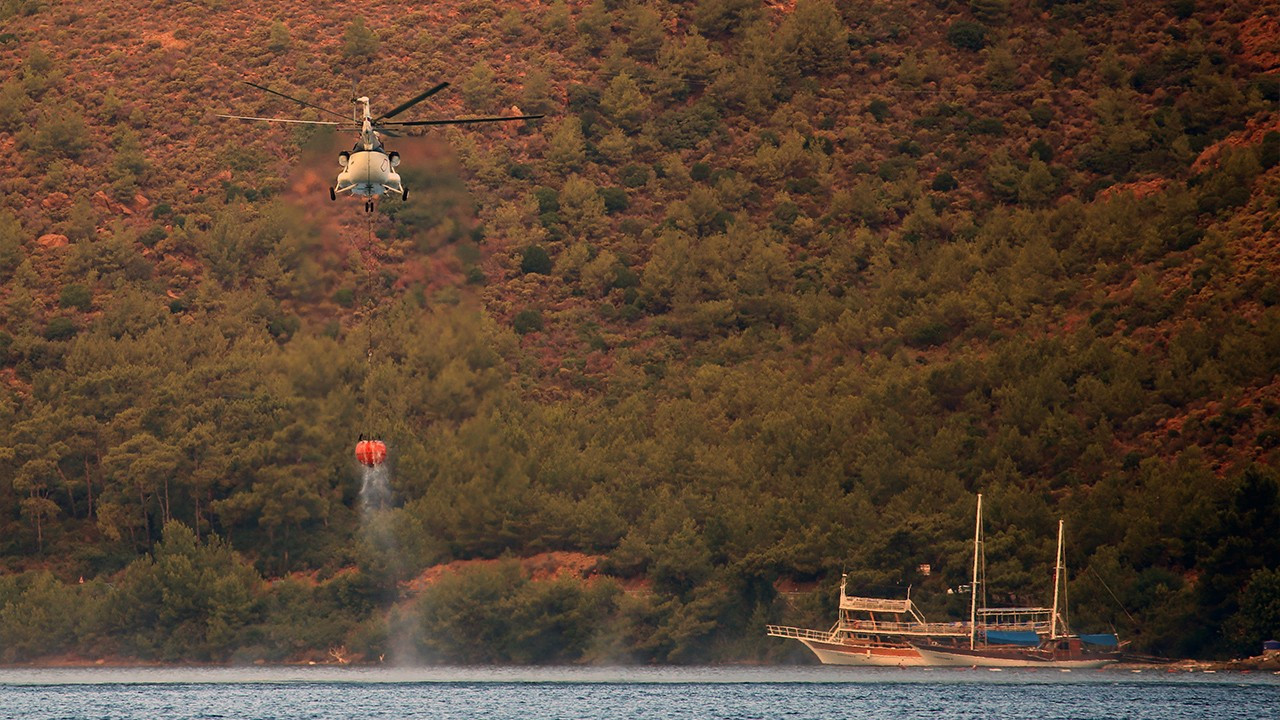Turkish scientists warned about forestation method in Manavgat six years ago
It has come to light that a report prepared by scientists six years ago has warned that the forestation method used in the Mediterranean province of Manavagat might play a factor in the spread of wildfires.
Duvar English
It has come to light that scientists have prepared a report six years ago warning about the danger of serious wildfires raging through the Mediterranean province of Antalya's Manavagat district, daily Milliyet reported on Aug. 6.
Prepared by a group of academics from universities across Turkey, the report titled “The geography modeling of ignition risk in forests of Antalya-Manavgat” lists several risks that could ignite the fires in the area.
According to the report, the way of afforestation of pine trees in the district makes it easier for the trees to be "ignited."
The report says that the district, whose population has increased extensively in recent years, sits in forests lands, and has been exposed to an increasing number of power lines.
“In the areas including tension lines, the ignition risk is much more. It was determined that the reason of the fire that broke out on July 31, 2008 in Manavgat Taşağıl, the biggest fire of our history, was the energy transmission line,” the report says.
Devastating wildfires have been raving through Turkey for over a week now. Manavgat is among the most fire-affected places in Turkey, with environmental groups saying they have never been seen on this scale.
President Recep Tayyip Erdoğan's government is facing increased criticism over its apparent poor response and inadequate preparedness for large-scale wildfires that have so far left eight people dead and forced thousands to flee their homes.
Last week, Erdoğan admitted that Turkey did not have one single usable firefighting aircraft fleet. The opposition accused the government of failing to procure firefighting planes and instead of spending money on construction projects that are harmful to the environment.

 'Turkish government's failure to follow expert advice worsened spread of forest fires 'Environment
'Turkish government's failure to follow expert advice worsened spread of forest fires 'Environment Another power plant in Aegean Milas under risk of being engulfed by flamesDomestic
Another power plant in Aegean Milas under risk of being engulfed by flamesDomestic Residents of fire-hit Turkish district carry out armed road controls after fake arson reportsPolitics
Residents of fire-hit Turkish district carry out armed road controls after fake arson reportsPolitics Social media on fire in TurkeyWorld
Social media on fire in TurkeyWorld